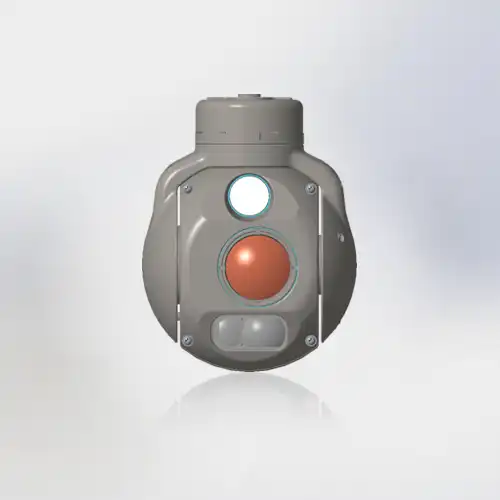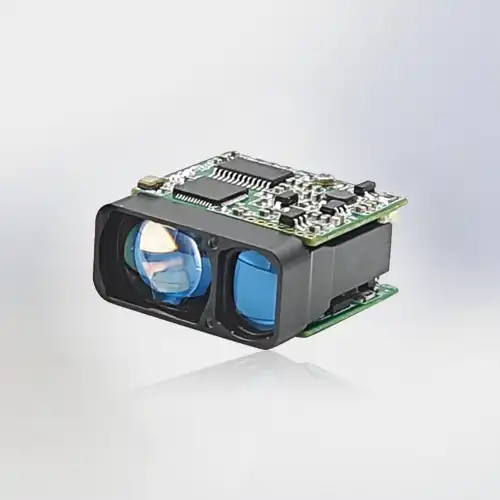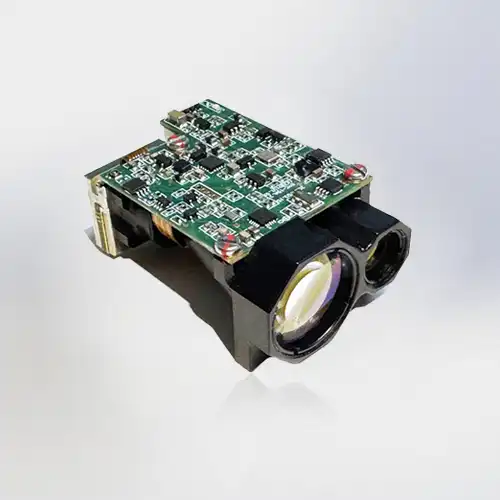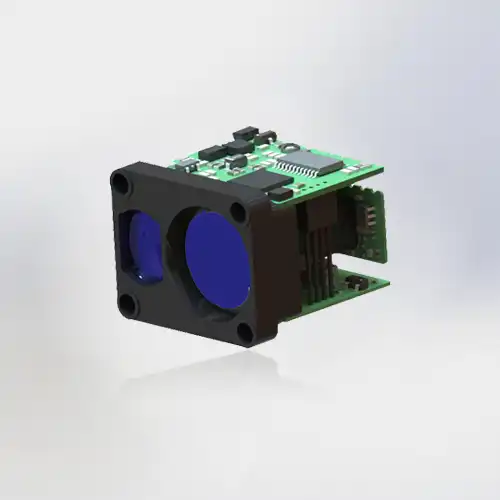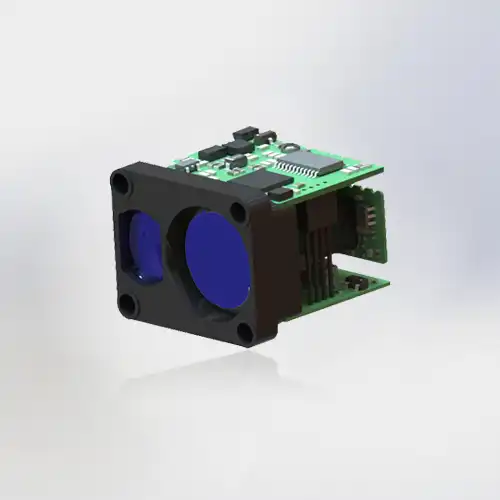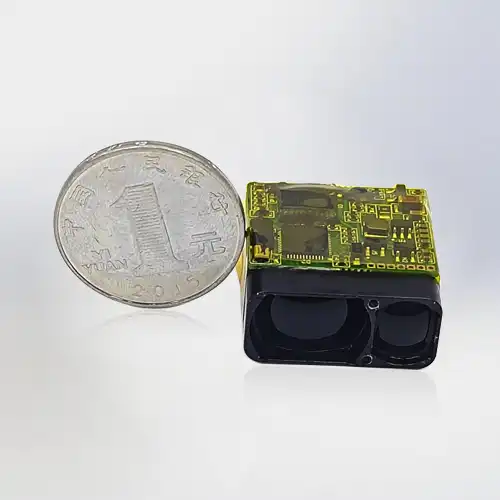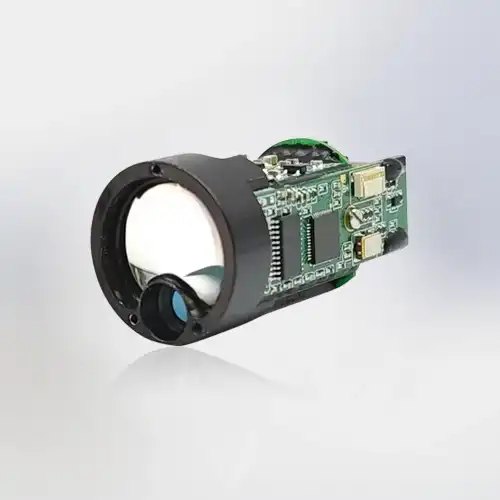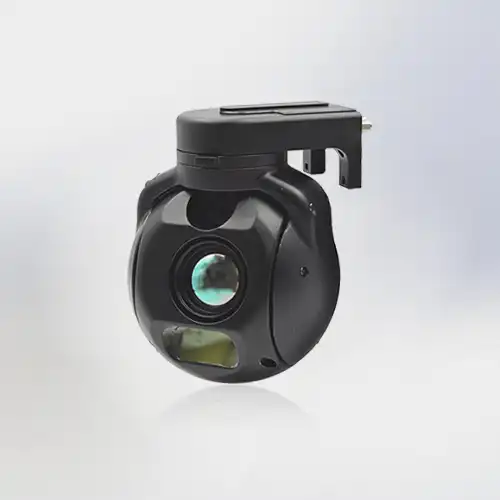Is LIDAR a laser rangefinder?
In my exploration of Laser Rangefinders, I have come across a multitude of questions regarding the underlying technology and the various applications of these devices. Among the most often posed inquiries is whether LIDAR can be named a sort of Rangefinder. To address this theme exhaustively, fundamental to explain any misguided judgments might exist. By inspecting the similitudes and contrasts between LIDAR frameworks and conventional Rangefinders, we can acquire a more clear comprehension of their functionalities, applications, and how they fit into the more extensive class of laser-based distance estimation innovations.
B-side Customer Concerns
Accuracy and Precision
While surveying Rangefinders, the ideas of exactness and accuracy arise as critical components that can't be disregarded. Clients much of the time ask about the different elements that can affect these fundamental ascribes. To genuinely get it and value the capacities of these gadgets, it is basic to have a strong handle of how laser innovation capabilities in estimating distances with noteworthy accuracy.This understanding is key to ensuring that the measurements provided are reliable and consistent across a diverse range of environments and conditions.Several factors play a significant role in determining the overall accuracy and precision of the measurements taken by Laser Rangefinders. For instance, the quality of the laser source itself is fundamental; a high-quality laser emits coherent light that enhances measurement reliability. Additionally, the optics involved in the device—such as lenses and mirrors—affect how the laser light interacts with objects and returns to the sensor, which in turn influences the measurement accuracy.
Application Versatility
Clients express areas of strength for an in understanding the flexibility of Rangefinders and how they can be used across various ventures and applications. Whether they are utilized in exercises like hunting, playing golf, looking over, or development, understanding the different abilities and impediments innate in these devices is fundamental. This information empowers clients to settle on informed choices custom fitted to their particular requirements, guaranteeing that they select a rangefinder that satisfies the needs of their planned application.
Durability and Reliability
The reliability of Laser Rangefinders under various conditions is a significant concern for users. Questions frequently arise regarding the durability of these devices, particularly in relation to their resistance to weather elements, battery life, and long-term performance. Understanding how these factors affect the device's functionality is crucial for users who operate in challenging or demanding environments. The ability of a rangefinder to maintain its accuracy and performance in adverse conditions is essential for ensuring uninterrupted use and dependable results over time.
Cost-effectiveness
Cost-viability is a basic component that fundamentally impacts the buying choices of planned purchasers with regards to Rangefinders. Numerous people are quick to acquire bits of knowledge into how they can successfully adjust the cost of these gadgets with the highlights and functionalities they offer.This balance is essential for ensuring that they receive the best value for their investment.Evaluating the return on investment (ROI) is a key consideration in this decision-making process. Buyers should carefully analyze the potential long-term savings associated with different models, which can include aspects such as reduced measurement time, increased efficiency, and enhanced accuracy. By identifying how a rangefinder can save time and resources over its lifespan, buyers can better understand the financial implications of their choice.
Moreover, understanding the overall value proposition of a rangefinder is vital for determining whether a particular model justifies its price tag. This includes assessing factors such as the device's durability, which indicates how well it can withstand various environmental conditions and the wear and tear of regular use. Additionally, accuracy is a fundamental feature that directly impacts the effectiveness of measurements, making it essential for users who require reliable data.
FAQ
One prevalent misconception is whether LIDAR (Light Detection and Ranging) can be classified as a type of Laser Rangefinder. While it is true that both technologies employ lasers for measuring distances, they are designed for fundamentally different purposes and applications.Rangefinders are primarily handheld devices engineered for precise distance measurement in a variety of settings, including sports, forestry, construction, and outdoor activities. These devices are user-friendly and often designed for quick measurements, making them ideal for situations where immediate and accurate distance data is required.
On the other hand, LIDAR systems are typically mounted on vehicles, drones, or aircraft and are used to emit laser pulses that bounce off objects and return to the sensor. This process allows LIDAR to create detailed three-dimensional maps and collect extensive geographical data over larger areas. The capabilities of LIDAR extend beyond simple distance measurement; they enable the analysis of topography, vegetation, and other environmental features in a highly detailed manner.

In summary, while both Rangefinders and LIDAR systems share a common foundation in utilizing lasers for distance measurement, their applications and operational principles are significantly different, catering to distinct needs within various fields. Understanding these differences is essential for anyone looking to choose the right technology for their specific requirements.
Conclusion
In conclusion, understanding the nuances between Laser Rangefinders and LIDAR systems is crucial for selecting the right technology for specific applications. Rangefinders excel in providing accurate and immediate distance measurements in handheld devices, catering to diverse sectors including sports, outdoor activities, and industrial applications. For those seeking reliable Rangefinders backed by expertise and quality assurance, Hainan Yiyang Technology Co., Ltd. stands as a reputable manufacturer and supplier. With a commitment to precision, durability, and application versatility, they offer customized solutions through OEM and ODM services. Contact them today at evelyn@eyoungtec.com to explore their offerings and request free samples.
Hainan Yiyang Technology Co., Ltd. is a professional Rangefinders manufacturer and supplier, with large inventory, complete certificates, fast delivery, strict packaging, and support for testing. We specialize in OEM and ODM services to meet your specific needs. If you are considering Rangefinders for your applications, please contact us at evelyn@eyoungtec.com to discover how we can assist you.
References
1.Zhang, J., & Li, X. (2017). Principles and Applications of Rangefinders in Surveying and Mapping. Journal of Surveying Engineering, 143(3), 04017013.
2.Schwarz, M., & Rüde, U. (2019). Laser Scanning Technology: A Comprehensive Review of Applications and Innovations. International Journal of Advanced Computer Science and Applications, 10(1), 70-78.
3.Hwang, S., & Lee, J. (2021). Evaluating the Cost-effectiveness of Laser Measurement Devices: A Case Study of Rangefinders. Measurement Science and Technology, 32(4), 045203.
4.Ferguson, R. (2020). The Impact of Weather Conditions on Rangefinder Performance: A Review. Journal of Optical Engineering, 59(6), 061507.
